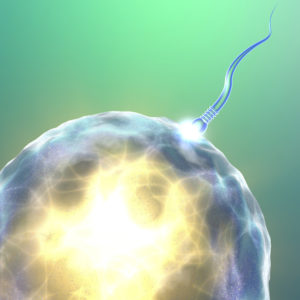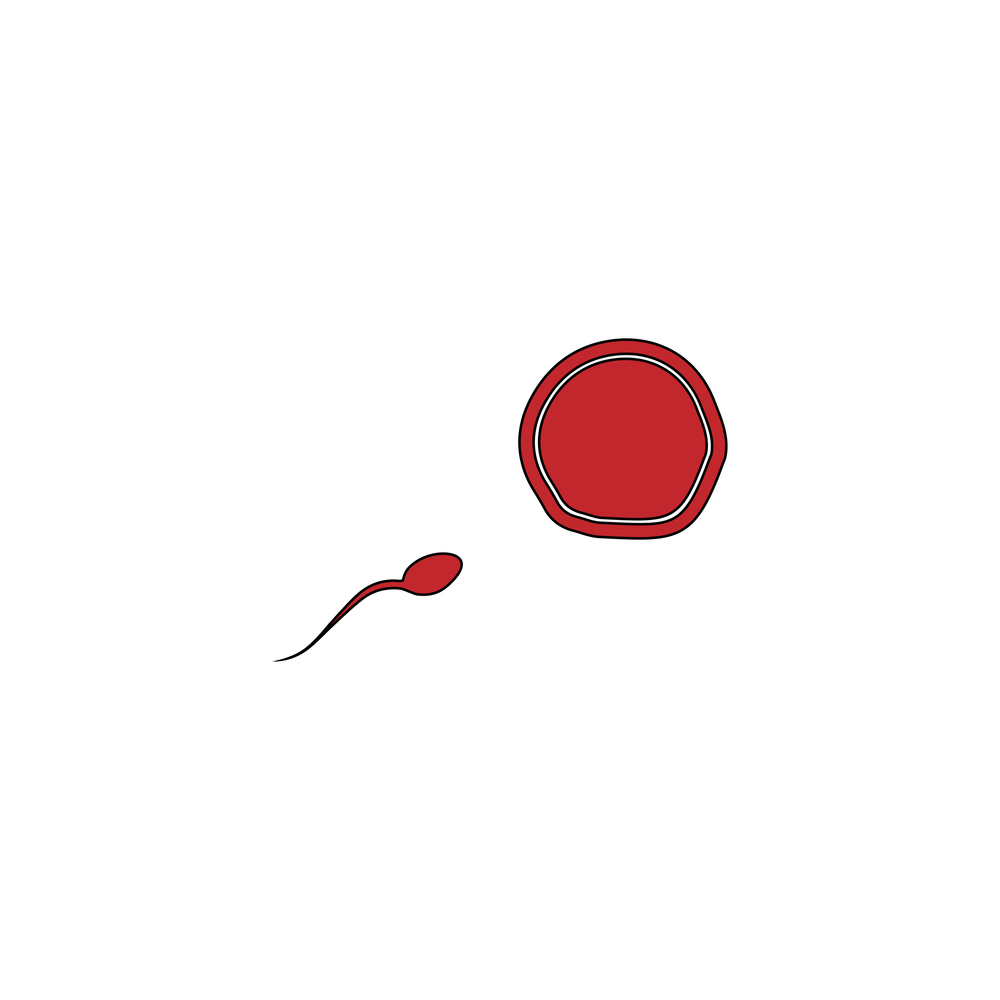Should we be worried?
 There is an increasing body of information available on the dangers of Endocrine Disrupting Chemicals EDCs. Inside our bodies is a network of glands or organs which are collectively called the endocrine system. Glands secrete messengers called hormones, you’ll be familiar with some of these, such as oestrogen and progesterone. Hormones deliver signals from one gland or organ to another. To deliver the message the hormone fits into a specific receptor, much like a lock and key, allowing the recipient organ to understand what it needs to do. EDCs can mimic the shape of hormones and use the lock themselves or they can block hormones from using the lock. Either way this blocks the messages from getting through which triggers abnormal processes within the body causing havoc to the individuals health (1).
There is an increasing body of information available on the dangers of Endocrine Disrupting Chemicals EDCs. Inside our bodies is a network of glands or organs which are collectively called the endocrine system. Glands secrete messengers called hormones, you’ll be familiar with some of these, such as oestrogen and progesterone. Hormones deliver signals from one gland or organ to another. To deliver the message the hormone fits into a specific receptor, much like a lock and key, allowing the recipient organ to understand what it needs to do. EDCs can mimic the shape of hormones and use the lock themselves or they can block hormones from using the lock. Either way this blocks the messages from getting through which triggers abnormal processes within the body causing havoc to the individuals health (1).
Hormones govern nearly every process that occurs in our body. So it is understandable that as the research into EDCs increases the list of health issues known to be affected by EDCs will also expand. Currently EDCs are linked to a decrease in sperm quality, fertility, development of abnormal sex organs, endometriosis, nervous system dysfunction, immune function, heart health, metabolic issues, obesity and early puberty (1).
We can be exposed to EDCs in a myriad of ways, such as through the air we breathe, the food and water we consume, absorption through our skin, and from mother to foetus or breasting feeding child. Industrial chemicals can leach into the ground or ocean and make their way into the food chain. Food Standards ANZ (2) have issued guidelines on fish consumption for pregnant women and those trying to become pregnant. We are also exposed through a variety of consumer products such as plastics, cosmetics, fragrances, antibacterial soap and flame retardants. Pesticides, fungicides and herbicides also pose a risk either in the workplace or ingested at the dinner table.
Lantz & McIntosh (3) state in Australia “over 75% of the chemicals on the market have not received testing for safety to human health or the environment, and testing for multiple-chemical exposures is negligible”. In Australia, the onus is not on industry to prove a product is safe.
Traditional chemical risk assessment assumes a simple, linear relationship where lower dose or exposure commonly confers lower toxicity. However, endocrine-disrupting chemicals (EDCs) call for a new paradigm that acknowledges:
- Complex mixtures of compounds found in nature.
- Possibility that low level environmental exposure may still have significant and/or long-term biological impact. In certain instances, there may be no “safe dose.”
- Heightened vulnerability by EDCs at certain life stages, such as prenatal, in utero, and adolescence.
- Potential for certain EDCs to affect individuals across generations. This transgenerational impact is a growing area of science and medicine (1).
Where do you start to make changes?
The magnitude of the problem may seem overwhelming but there a many simple measures we can put into place to reduce our exposure. Start by becoming better informed as then you can make informed choices about what you come into contact with, what you eat and what you bring into your homes. Such as being wary of anything that claims to be non-stick or flame-retardant.
Gathering information of endocrine disrupting chemicals edcs
A great place to start your research is to watch the Catalyst program aired in March 2015 Our Chemical Lives (4).
One Bite at a Time: reduce toxic exposure & eat the world you want By Sarah Lantz and Tabitha McIntosh (3) is a great read. It is currently available in our clinic reception so please feel free to flick through and find gems of advice you can take away and implement.
The Endocrine Society (1) has fabulous and easy to understand information on their website plus research to back up there claims. The World Health Organisation and the United Nations Environment Program put out a large report in 2012 called The State of the Science of Endocrine Disrupting Chemicals (5). This report is aimed at making sure policy makers are informed.
Danish ministry for environment has issued a pamphlet “Expecting a Baby: advice about chemicals and pregnancy”(6) in response to the high rate of testicular cancers in young Danish men.
Small changes you can make
Find out more
Low Tox Life with Alexx Stewart is a great on line resource (7). She runs e courses in detoxing your life and podcasts which are useful.

Fruit and vegetables
When buying fruit and vegetables think about The Dirty Dozen and the Clean Fifteen. The Environmental Working Group has put together this information so you the consumer can make choices (8).
You might decide to buy the most heavily sprayed food organically. There is an organic market in Windsor. In Brisbane, check out the local farmers markets for produce that may not be certified organic but it is spray free.
Food Connect and Spray-Free Farmacy are local businesses where you can order spray-free fruit and vegetables at pick-up points or can be delivered.
Personal care products
Think about your personal care products such as shampoos, deodorants, feminine hygiene products and makeup. Our skin is the biggest organ in our body, whatever we expose it to has the capacity to be absorbed into our body. Beauty counter (9) and the David Suzuki Foundation (10) have both put together a list of ingredients that we should make sure are never in our beauty products. There are women who have already overhauled their makeup and personal care products and are sharing how they went about this as YouTube information clips. Buy your make-ups and other personal products from BIOME or Nourished Life. These companies have already done the hard work for you and checked all their products for harmful chemicals. Or if you like doing research yourself buy the app Chemical Maze.
You can make a difference in a relatively short time. A Swedish family of 5 changed to an organic diet and in just 2 weeks. There was significant changes in the levels of pesticides and fungicides within their urine. This study is backed up by the work of Dr Liza Oates at RMIT (10). The consequences of not acting will be felt by you, your children and grandchildren.
References and resources
1 The Endocrine Society http://www.endocrine.org
2 Food Standards ANZ http://www.foodstandards.gov.au/consumer/chemicals/mercury/documents/mif%20brochure.pdf
3 Lantz S., & McIntosh, T., 2016, One bite at a time: Reduce toxic exposure & eat the world you want. InkAsia: Woollahra NSW.
4 Catalyst http://www.abc.net.au/catalyst/stories/4207313.htm
5 WHO, 2012, Endocrine Disrupting Chemicals: Summary for decision-makers. Ed Åke Bergman Jerrold J. Heindel Susan Jobling Karen A. Kidd R. Thomas Zoeller. Retrieved from http://apps.who.int/iris/bitstream/10665/78102/1/WHO_HSE_PHE_IHE_2013.1_eng.pdf?ua=1
6 Danish Ministry of the Environment, N.D., Expecting a baby? Advice about chemicals and pregnancy. Retrieved from http://eng.mst.dk/media/mst/69080/Expecting%20a%20baby.pdf
7 Alexx Stewart https://www.lowtoxlife.com/
8 Environmental Working Group www.ewg.org/foodnews/
8 Beauty Counter https://www.beautycounter.com/the-never-list
9 David Suzuki Foundation http://www.davidsuzuki.org/issues/health/science/toxics/dirty-dozen-cosmetic-chemicals/
10 Oates, L., Cohen, M., Braun, L., Schembri, A., & Taskova, R., 2014, Reduction in urinary organophosphate pesticide metabolites in adults after a week-long organic diet. Environmental Research. 132(July 2014), 105-111. Retrieved from http://www.sciencedirect.com/science/article/pii/S001393511400067X

